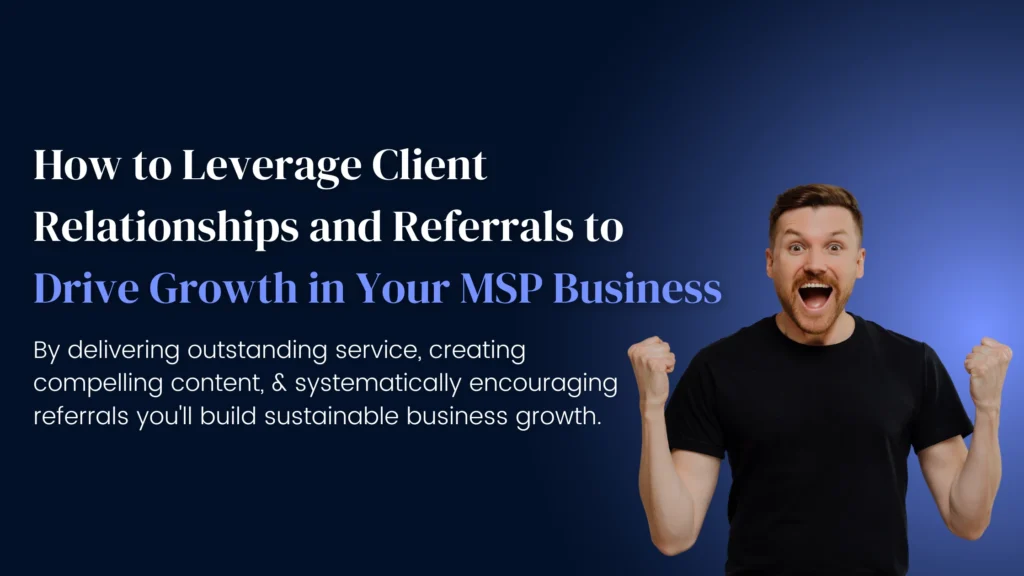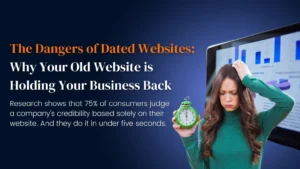“Why isn’t Google finding my business” is a question as old as Google.
You spent the time and money to make a website for your business. You selected the best photos and added information on the website about your product or service. You Google a search related to your company expecting it to show up, but you can’t find your website in any results. Unfortunately, creating a website isn’t enough to be competitive today.
Ranking competitively depends on the type of business you are. SEO is often broken into segments including off-page and on-page SEO. Aside from that, you can also divide your SEO targeting based on whether you’re a local business, national/international business, or e-commerce business. We’ll address some of the focal points of each in the following article.
I am a local business
Have you claimed your citations?
Local businesses can benefit greatly from claiming local listings such as Yelp, YellowPages, Bing, or Google My Business. There are hundreds of local citations available for businesses to claim. Confirm your contact information and consider if your business phone number or location changed. Does your Name, Address and Phone number (NAP) on your website match the information listed in a local business search on Google maps? Is it consistent on other sites like Facebook? Google considers accurate and consistent information when ranking local SEO for small businesses. You should review your NAP anytime you change your contact information. Otherwise, you can do this step quarterly to ensure accuracy. Use a tool like Bright Local to assess your current citation performance.
Do you have a Google My Business?
Google My Business is arguably one of the most important features of Local SEO rank. Your GMB listing shows in the map view of a Google search. Your listing will often display with a star rating. It’s also incredibly important to do your best to continually gain new positive reviews for your business. Which brings us to our next point…
Do you encourage customers to leave reviews for your company?
It’s extremely valuable for your Local SEO to acquire positive reviews for your company. It is also significantly valuable for you to respond to each and every review you receive on your business listings. Positive reviews are a key marker for Google’s Local algorithm. Put in the effort to get regular reviews and you’ll see your local listing rank higher. It’s not unusual for a listing with many positive reviews to rank high in Google results even without a website.
Have you reviewed User Behavior?
If you don’t already have Google Analytics installed on your website, do it!
We could write an entire blog on analyzing Google Analytics data. Oh wait…that’s right, we already did! Here’s a couple to help you set up your analytics and review your analytics data. Even if you don’t know how to evaluate your analytics, you should add the tracking code as soon as possible so that you can start collecting data.
Do you have good on-page SEO?
SEO can be complicated since search engines like Google use ever-changing algorithms to determine what sites rank where on a search result. However, understanding and implementing the basic factors that Google looks for when ranking will help you improve your chances of showing higher results in a search. Some features to incorporate into your on-page SEO include: metadata, title tags, internal & external linking, schematic tags, sitemap implementation, schema markup, keyword targeting, content optimization, and more.
I am an international business
This is a must per the latest Google algorithm. An SSL is necessary to ensure that you receive the essential lock that appears next to the URL and no warning when you visit the site.
Does your website perform well for speed?
How long does it take for your website to load on a browser? If it’s more than 3 seconds, then it’s likely 40 percent of users will abandon your site. If your site consistently takes too long to load and you have an increase in users abandoning your site, or bounce rate, Google will notice this and factor that into your ranking. Google does not want to send users to websites that people are bouncing from at a high rate. What do you do if your site takes more than 3 seconds to load? The best first step is to look at the images, videos or files on your website. Large files will take longer to load. Go through your pictures and make sure each is compressed or sized for web use. If you’ve done everything you can to improve your site speed on your website, you should evaluate choosing a better web host. A good web host can make or break your site performance.
Use a tool like Google Site Speed to evaluate what may be causing your lag in site speed.
How are your Google Web Vitals?
The final step begins to wade into SEO maintenance’s more technical side but is still very achievable. One of these crucial steps is analyzing your Google Core Web Vitals. Google began using Core Web Vitals as part of its Page Experience ranking signal to emphasize improving user experience.
The three Web Core Vitals include:
- Largest Contentful Paint (LCP) – LCP is how long it takes to load the main content, such as a video, image, or text. Google’s standard is 2.5 seconds or less.
- First Input Delay (FID) – FID is how long it takes for your page to become interactive, such as being able to click on a button. Google’s standard is 100 milliseconds or less.
- Cumulative Layout Shift (CLS) – CLS measures any movement or shifting on the page that can impact the user experience. This can include an image that is loading and moves text around. Google’s standard is a score of less than 0.1.
The Web Core Vitals were added to the existing factors of:
- Mobile-friendliness – is your site responsive to different devices
- Security – is your site using HTTPS
- No obnoxious pop-ups – do any pop-ups block a user from reading or using your page
Do you have a clear content structure information architecture?
Google reportedly changes its algorithms up to 600 times a year, meaning search rankings change constantly. If you launch your website and then never revisit the pages to make updates you may not keep up with the changing rankings. However, you do not need to continually rewrite every page of your website. The first step to reviewing your content is to test all links monthly on your website to ensure they still click through to the correct page or other sites. The next step is to check the information on your website for accuracy. Are your prices listed for services or products still right? Have you added or removed a service or product?
It’s also important to use your content to your advantage. Prioritize the top keywords you want to rank highest in a search results and incorporate those into your website text. If you are unsure about what keywords to utilize, consider using SEO services to help you determine the best keywords and content for your site.
Also ensure that your navigation makes sense. Does the site naturally draw the user down through a sales funnel? Is your navigation overwhelming? Evaluate your sitemap to ensure the navigation makes sense. Work with a marketing professional to analyze the best funnel for your industry.
I am an ecommerce business
How’s your conversion rate?
We highly recommend focusing on data, data, data with an ecommerce business. You want to continually refine your product descriptions, images, and flow-through to ensure the best experience possible for your customers. Install programs such as HotJar, Visitor Queue, Google Analytics, Google Search Console, and CallRail to get a good impression of how people are finding you and navigating your site.
All of the above issues are just as important in an ecommerce site as they are in a local or international business. Ask yourself:
- How’s my navigation?
- How’s my mobile experience?
- How are my Google Web Vitals?
- Have I optimized for Zero Click?
- Have I optimized for Voice Command?
- Have I leveraged A/B testing?
- Follow this quick guide for optimizing your ecommerce site.
Are you collecting customer feedback?
Get a good impression of how people are interacting with your site by asking. Collect as much customer feedback as possible. Make it easy, and encourage, users to leave reviews for your products. This builds trust with potential customers and helps you know how to improve moving forward.
It all boils down to good SEO. Whether you’re a local, international, or ecommerce business, you’ll need to focus on all the essentials of SEO to see your site perform well.
Remember, SEO is like a puzzle. It’s not one big piece cut into a perfect picture. It’s a hundred little pieces that need to fit together a little at a time.
Website maintenance and SEO for small business owners can seem daunting. SEO maintenance does not have to be a full-time job at your business, but it does require a few hours a month. However, if you need help with SEO, First Call Web offers a variety of SEO packages for small business owners. Contact us today, and we’ll ensure that your site gives Google the best chance to rank you higher than your competitors in searches and drive more customers to your site and business.








